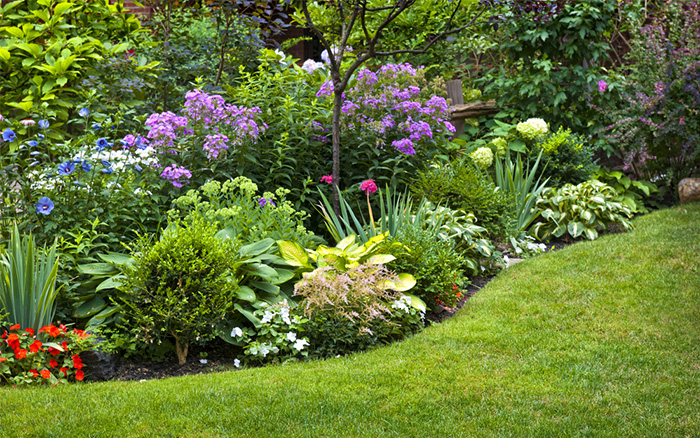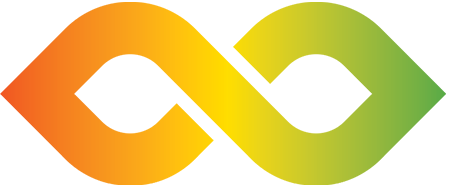Installing artificial turf can transform your outdoor space into a beautiful, low-maintenance oasis. However, the installation process requires careful attention to detail and proper techniques to ensure longevity and optimal performance. In this comprehensive guide, we’ll explore the most common installation mistakes and provide expert solutions to help you achieve professional results.
Poor Base Preparation: The Foundation of Success
One of the most critical errors in artificial turf installation occurs before the first piece of turf is even laid down. Inadequate base preparation can lead to uneven surfaces, poor drainage, and premature wear. The key to proper base preparation begins with removing existing grass and vegetation to a depth of at least 3-4 inches. Many DIY installers make the mistake of skipping the crucial step of compacting the soil properly before adding the base materials.
To create a proper foundation, start by ensuring the soil is thoroughly compacted using a plate compactor or roller. Next, add a layer of crushed stone or decomposed granite as your base material. This should be carefully leveled and compacted again to create a firm, stable surface. Remember that any imperfections in the base will be visible in the finished turf installation.

Drainage Disasters: Preventing Water Accumulation
Poor drainage is another common issue that can significantly impact the performance and lifespan of your artificial turf. A common misconception is that artificial turf doesn’t need drainage consideration since it’s not real grass. However, proper drainage is essential to prevent water pooling, bacterial growth, and unpleasant odors.
The solution lies in creating a proper slope and installing adequate drainage systems. Your base should have a slight grade (about 1-2%) to allow water to flow away from buildings and hardscapes. Installing a perforated drainage pipe system beneath the turf can help manage heavy rainfall and ensure proper water dispersal. Additionally, the base material should be permeable enough to allow water to percolate through while maintaining stability.
Seam Struggles: Mastering the Art of Joining
Perhaps the most visible installation mistake occurs at the seams where two pieces of turf meet. Poor seaming can create obvious lines that detract from the natural appearance of your lawn and potentially lead to separation over time. The most common error is rushing the seaming process or using inadequate joining materials.
To create invisible seams, start by ensuring both pieces of turf are facing the same direction and the blade patterns align. Use professional-grade seaming tape and adhesive specifically designed for artificial turf. Take time to carefully trim the backing close to the stitch rows, removing any excess material that could create bumps. Apply even pressure across the seam while the adhesive cures, and avoid walking on it during this critical period.
Infill Issues: Selecting and Applying the Right Materials
Choosing the wrong type or amount of infill is a mistake that can affect both the appearance and functionality of your artificial turf. Infill helps support the turf fibers, provides ballast weight, and assists with drainage. Common errors include using too little infill, selecting the wrong type for your specific application, or applying it unevenly.
For residential applications, a combination of silica sand and acrylic-coated rounded sand often provides the best results. The amount of infill needed typically ranges from 2-3 pounds per square foot, depending on the turf style and manufacturer specifications. Apply the infill in several light layers rather than all at once, brushing between applications to ensure even distribution and proper fiber support.
Edge Finishing Failures: Creating Clean Boundaries
Improper edge finishing can lead to exposed turf backing, lifting edges, and an unprofessional appearance. Many installers overlook the importance of secure edge finishing or choose inappropriate materials for the application. The solution involves using the right combination of securing methods based on your specific installation.
For edges against hardscapes, use specialty turf nails or staples every 3-4 inches, ensuring they’re driven flush with the surface. In areas where the turf meets landscape beds, consider installing a proper border or edge restraint system to maintain clean lines and prevent lifting. Hidden seam products can also provide excellent edge security while maintaining a natural appearance.

Fiber Direction Faux Pas: Maintaining Consistency
An often-overlooked aspect of installation is maintaining consistent fiber direction throughout the installation. When turf pieces are laid with different fiber directions, it creates noticeable variations in color and appearance. This mistake is particularly visible in larger installations with multiple turf pieces.
To achieve a uniform look, always install turf pieces with the fibers pointing in the same direction, typically toward the primary viewing area. Before securing any pieces, take time to verify the direction and make adjustments as needed. This attention to detail will result in a more natural-looking installation.
Cutting Corners on Costs: Investing in Quality
Attempting to save money by choosing lower-quality materials or skipping essential installation steps can lead to premature failure and costly repairs. This includes using generic adhesives, inadequate base materials, or inferior turf products. While initial costs may be lower, the long-term expenses of repairs and potential replacement far outweigh the savings.
Invest in professional-grade installation materials and high-quality turf products from reputable manufacturers. This includes proper base materials, specialized adhesives, and appropriate infill products. The durability and appearance of your installation will reflect the quality of materials used.
Rushing the Installation Process
Many installation mistakes result from trying to complete the project too quickly. Proper artificial turf installation requires patience and attention to detail at every step. Rushing can lead to poor base preparation, inadequate seam curing time, and uneven infill distribution.
Take time to properly plan each phase of the installation, allowing adequate time for materials to settle and adhesives to cure. This includes letting the base material settle for at least 24 hours after compaction and ensuring seam adhesives are completely cured before applying infill.
Neglecting Temperature Considerations
Temperature plays a crucial role in artificial turf installation, particularly during the adhesive curing process and when working with the turf material itself. Installing turf in extreme temperatures can affect material expansion and contraction, leading to installation issues.
Plan your installation during moderate temperatures, ideally between 50-85°F. Allow turf to acclimate to the installation temperature before beginning, and be aware that adhesive curing times may vary based on temperature and humidity conditions.

Improper Tools and Equipment
Using improper tools or attempting to substitute professional equipment with household alternatives can result in poor installation quality. This includes using inappropriate cutting tools, makeshift seaming equipment, or inadequate compaction methods.
Invest in or rent the proper installation tools, including a power broom, plate compactor, proper cutting tools, and seam rollers. These specialized tools will help ensure professional results and save time during the installation process.
Transform Your Space with Professional Installation
While this guide covers many common installation mistakes and their solutions, achieving perfect results requires experience and expertise. For guaranteed professional results that will stand the test of time, consider working with the experts at All Environmental Designs. Our team of skilled installers has the knowledge, tools, and experience to create beautiful, durable artificial turf installations that enhance your outdoor living space.
Don’t let installation mistakes compromise the beauty and functionality of your artificial turf investment. Contact All Environmental Design today at 909-845-3541 to schedule a consultation and discover how we can help you achieve the perfect artificial turf installation for your property. Our commitment to quality and attention to detail ensures your satisfaction with every project we undertake.
